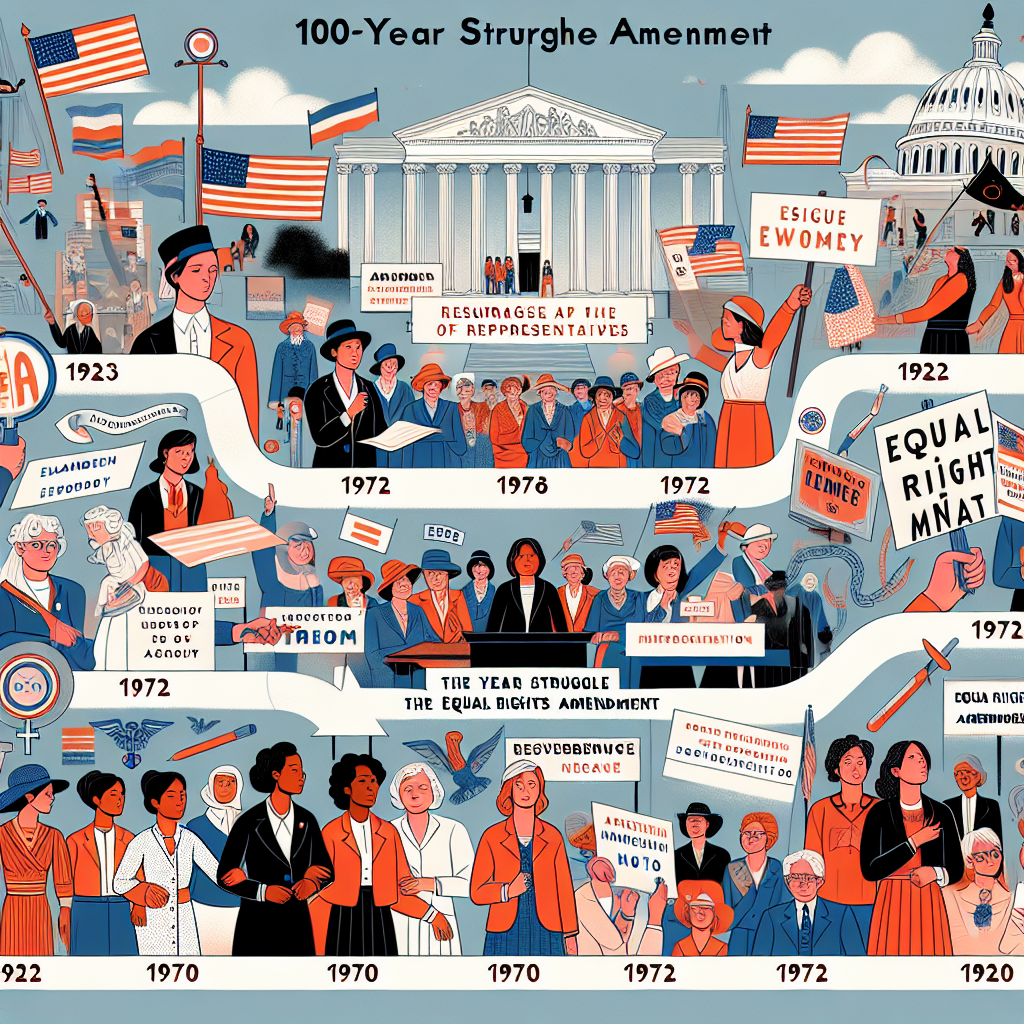Milestones in the 100-Year Fight for the Equal Rights Amendment
Milestones in the 100-Year Fight for the Equal Rights Amendment
Introduction to the Equal Rights Amendment (ERA)
The Equal Rights Amendment (ERA) has been a pivotal focus in the fight for gender equality in the United States. Initially proposed in the early 20th century, the ERA aims to guarantee equal legal rights for all American citizens regardless of sex. This summary explores the significant milestones in the century-long journey of the ERA.
Early Beginnings and Initial Proposals
- 1923: The ERA was first introduced by suffragist Alice Paul, marking the beginning of a long legislative journey.
- 1972: After decades of advocacy, the ERA was passed by Congress and sent to the states for ratification.
Challenges and Setbacks
- 1982 Deadline: The original ratification deadline expired with only 35 of the required 38 states having ratified the amendment.
- Opposition: The ERA faced significant opposition from conservative groups, who argued it would dismantle traditional gender roles.
Renewed Efforts and Modern Advocacy
- 2017-2020: Nevada, Illinois, and Virginia ratified the ERA, reigniting national interest and debate.
- Legal and Political Battles: Ongoing legal challenges and political discussions continue to shape the ERA’s future.
Current Status and Future Prospects
Despite recent ratifications, the ERA’s legal status remains uncertain due to expired deadlines and political contention. Advocates continue to push for congressional action to remove the ratification deadline and solidify the ERA’s place in the Constitution.
Conclusion
The fight for the Equal Rights Amendment is a testament to the enduring struggle for gender equality in America. While significant progress has been made, the journey is far from over. The ERA remains a symbol of hope and a call to action for future generations committed to achieving true equality.
















